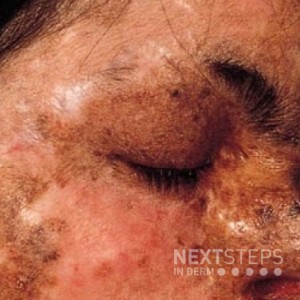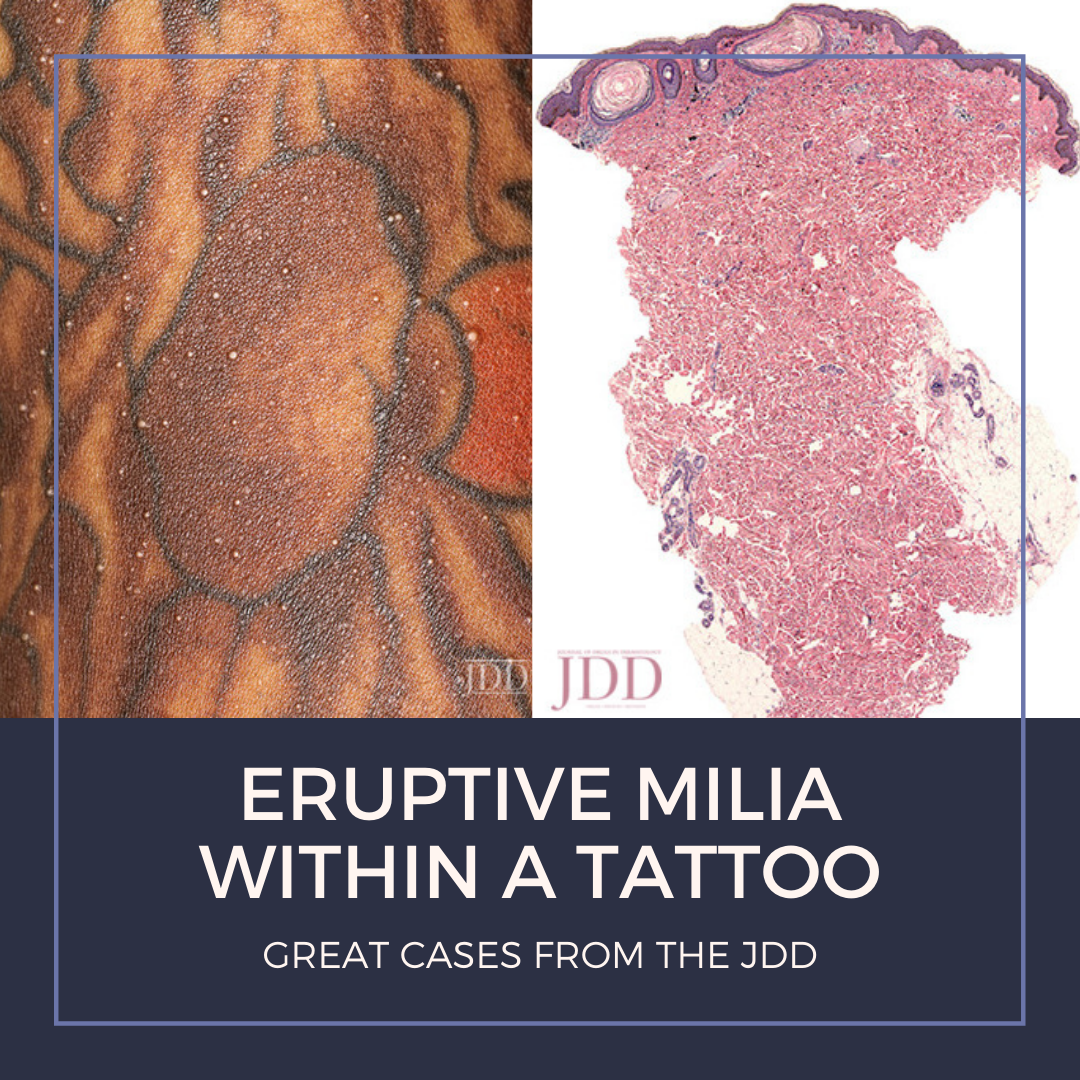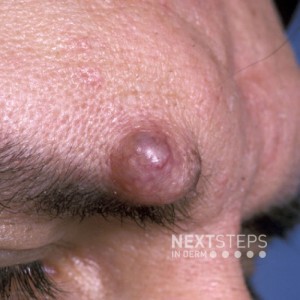Skin Disease – Friday Pop Quiz 12/18
 Which subtype of this disease is most common in the United States?
A. C
B. A
C. B
D. D
E. E
To find out the correct answer and read the explanation, click here.
Brought to you by our brand partner Derm In-Review. A product of SanovaWorks.
…
Which subtype of this disease is most common in the United States?
A. C
B. A
C. B
D. D
E. E
To find out the correct answer and read the explanation, click here.
Brought to you by our brand partner Derm In-Review. A product of SanovaWorks.
…
 Which subtype of this disease is most common in the United States?
A. C
B. A
C. B
D. D
E. E
To find out the correct answer and read the explanation, click here.
Brought to you by our brand partner Derm In-Review. A product of SanovaWorks.
…
Which subtype of this disease is most common in the United States?
A. C
B. A
C. B
D. D
E. E
To find out the correct answer and read the explanation, click here.
Brought to you by our brand partner Derm In-Review. A product of SanovaWorks.
… 

 The following is a summary of one of the many Q&A sessions held during the 2020 Skin of Color Virtual Update. During this particular session, questions were moderated by SOCU Co-Chair Dr. Andrew Alexis and answered by Drs. Ginette Okoye and Candrice Heath. The audience posed important questions and the faculty offered insightful answers regarding atopic dermatitis, hidradenitis suppurativa, h …
The following is a summary of one of the many Q&A sessions held during the 2020 Skin of Color Virtual Update. During this particular session, questions were moderated by SOCU Co-Chair Dr. Andrew Alexis and answered by Drs. Ginette Okoye and Candrice Heath. The audience posed important questions and the faculty offered insightful answers regarding atopic dermatitis, hidradenitis suppurativa, h …  Introduction
The most frequently reported tattoo-related dermatoses, according to a study of 234 tattooed patients, are allergic,1infectious,2,3 and granulomatous4,5 reactions occurring in 2.1% of this population.6 Less common reactions are lichenoid,7photoallergic,8 pseudolymphomatous,9 discoid lupus erythematosus,10 incidental skin neoplasm,11 and koebnerization of psoriasis.12,13Milia within t …
Introduction
The most frequently reported tattoo-related dermatoses, according to a study of 234 tattooed patients, are allergic,1infectious,2,3 and granulomatous4,5 reactions occurring in 2.1% of this population.6 Less common reactions are lichenoid,7photoallergic,8 pseudolymphomatous,9 discoid lupus erythematosus,10 incidental skin neoplasm,11 and koebnerization of psoriasis.12,13Milia within t …  The pathology of this lesion demonstrates reticulate strands of the epidermis with clefting between the strands and the stroma. What is the diagnosis?
A. Eccrine syringofibroadenoma
B. Fibroepithelioma of Pinkus
C. Squamous cell carcinoma
D. Reticulate seborrheic keratosis
E. Tumor of the follicular infundibulim
To find out the correct answer and read the explanation, click her …
The pathology of this lesion demonstrates reticulate strands of the epidermis with clefting between the strands and the stroma. What is the diagnosis?
A. Eccrine syringofibroadenoma
B. Fibroepithelioma of Pinkus
C. Squamous cell carcinoma
D. Reticulate seborrheic keratosis
E. Tumor of the follicular infundibulim
To find out the correct answer and read the explanation, click her …  One of my favorite aspects of attending conferences is the opportunity to ask respected experts in the field clinically relevant questions that I can take back to directly help my patients. I was really looking forward to attending the 2020 Skin of Color Update conference in person, but due to the ongoing COVID-19 pandemic, it was moved to a virtual format. I wondered if attending a virtual confer …
One of my favorite aspects of attending conferences is the opportunity to ask respected experts in the field clinically relevant questions that I can take back to directly help my patients. I was really looking forward to attending the 2020 Skin of Color Update conference in person, but due to the ongoing COVID-19 pandemic, it was moved to a virtual format. I wondered if attending a virtual confer …